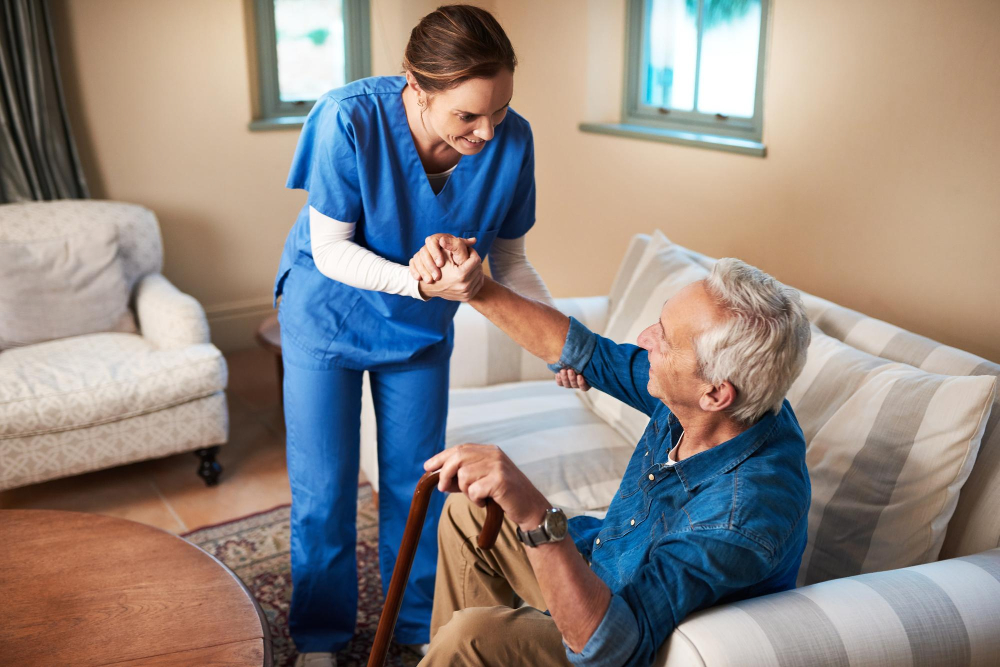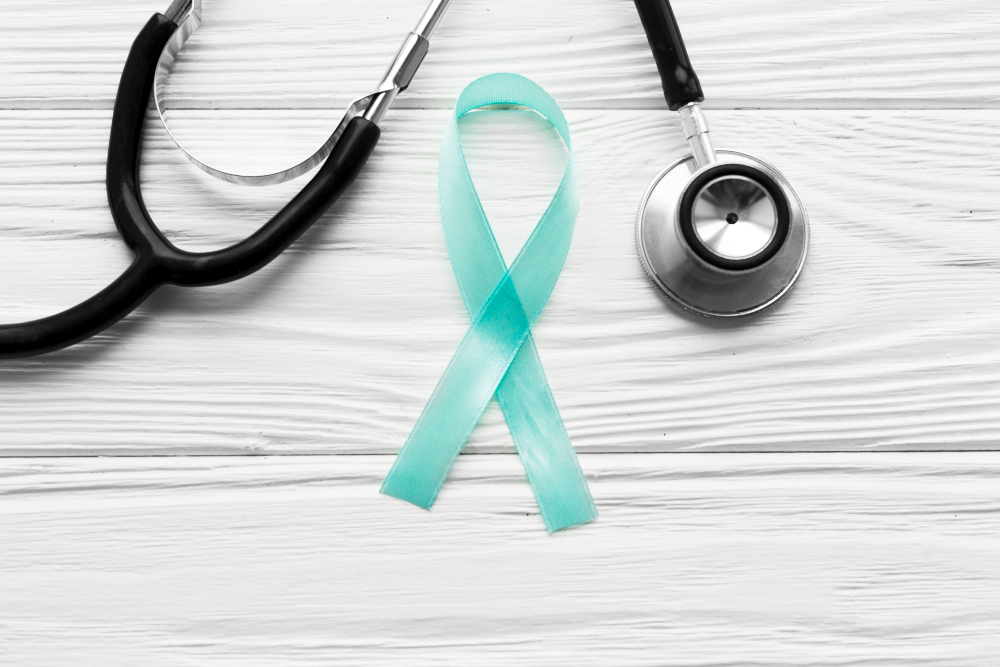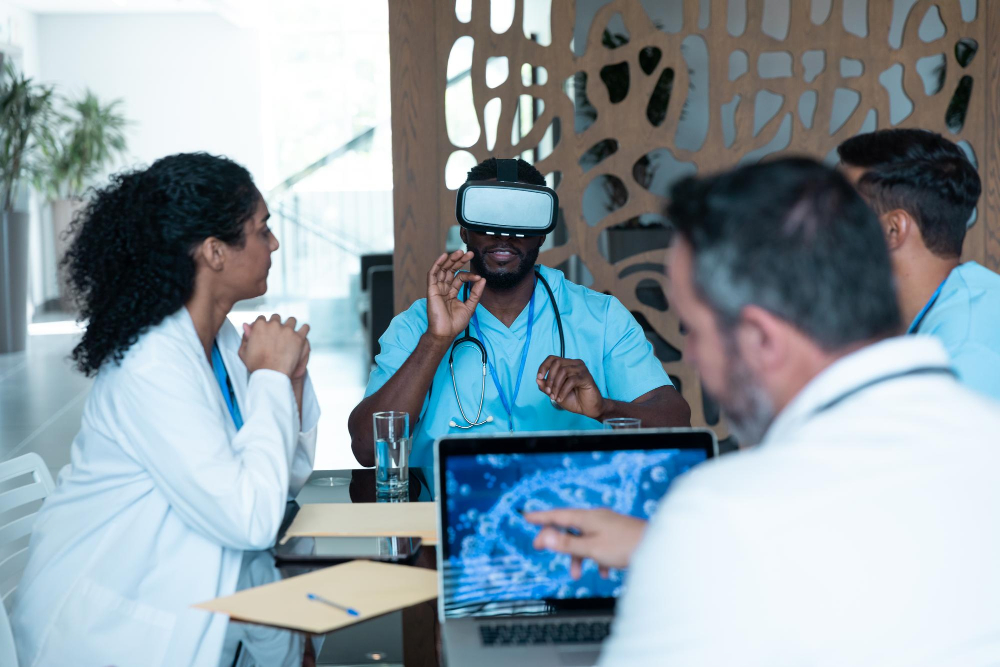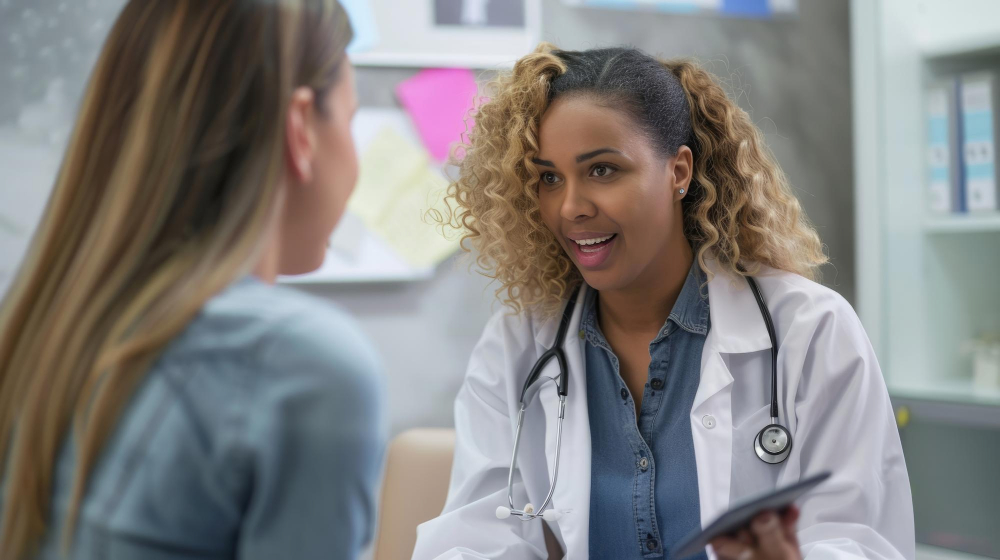patient care
TagThe Rising Popularity of Home Healthcare and Its Impact on Nursing
Home healthcare is transforming the way patients receive medical care, rapidly gaining popularity as an alternative to traditional hospital or clinical settings. Driven by advancements in technology, a growing preference for personalized care, and…
How AI is Revolutionizing Treatment and Wellness
The Future of Healthcare
The health care industry is making some transformations, to turn over the industry in the hands of Artificial Intelligence (AI). The technology’s adoption in the health sector will focus on personalized care, with supervi…
From Research to Practice: Managing Ovarian and Uterine Cancer Risks in Women’s Health
In 2023 in the United States, ovarian cancer caused an estimated 19,710 new cases and 13,270 deaths. Although the numbers are declining, this is still staggering. Ovarian cancer is a rare disease, with carcinomas comprising approximately 90% of tu…
Extended Reality in Healthcare: Applications in Training, Treatment, and Patient Education
XR is a powerful tool that enhances learning for a broad spectrum of healthcare professionals, from surgeons to nurses:
- Surgical Simulations: VR-based surgical simulations provide hands-on practice in a safe, controlled setting, allowing surg…
Breaking the Burnout Cycle: Essential Strategies for Resilience in Healthcare
Burnout among healthcare professionals has reached critical levels, intensified by the COVID-19 pandemic and ongoing challenges in the healthcare industry. This state of emotional, physical, and mental exhaustion not only impacts the well-being of…
Enhancing Women’s Health CME: The Importance of Breast Cancer Awareness
In October, we observe Breast Cancer Awareness Month to increase education and awareness about a cancer that affects about 300,000 people each year in the United States, 40,000 of whom die from it. That’s why it’s so important to incorporate Women…
Building Confidence and Efficiency in Patient Care: Advice for New Healthcare Providers
Recently, a student following me at our clinic remarked on how quickly I could move through patients during the day. “You see about 60 people daily, and while it doesn’t seem like you are rushing them through, I don’t think I could ever …
Seeking Second Opinions – Beneficial for Patients and Medical Teams
Maybe you’re the patient or on the medical team. Either way, referrals to a specialist are common, particularly when it becomes clear that the compliant patient isn’t improving despite following current clinical practice guidelines. At Skin, Bones…
The Impact of Social Media on Healthcare: Navigating Misinformation and Leveraging Opportunities
Social media has become an integral part of modern life, significantly influencing how people access, share, and interpret health information. For healthcare providers, understanding the impact of social media on healthcare is crucial for addressi…
The Impact of Aging Population on Healthcare Services
The global population is aging rapidly, presenting both challenges and opportunities for healthcare systems worldwide. As people live longer, the demand for healthcare services is increasing, necessitating adaptations in care delivery, resource al…










